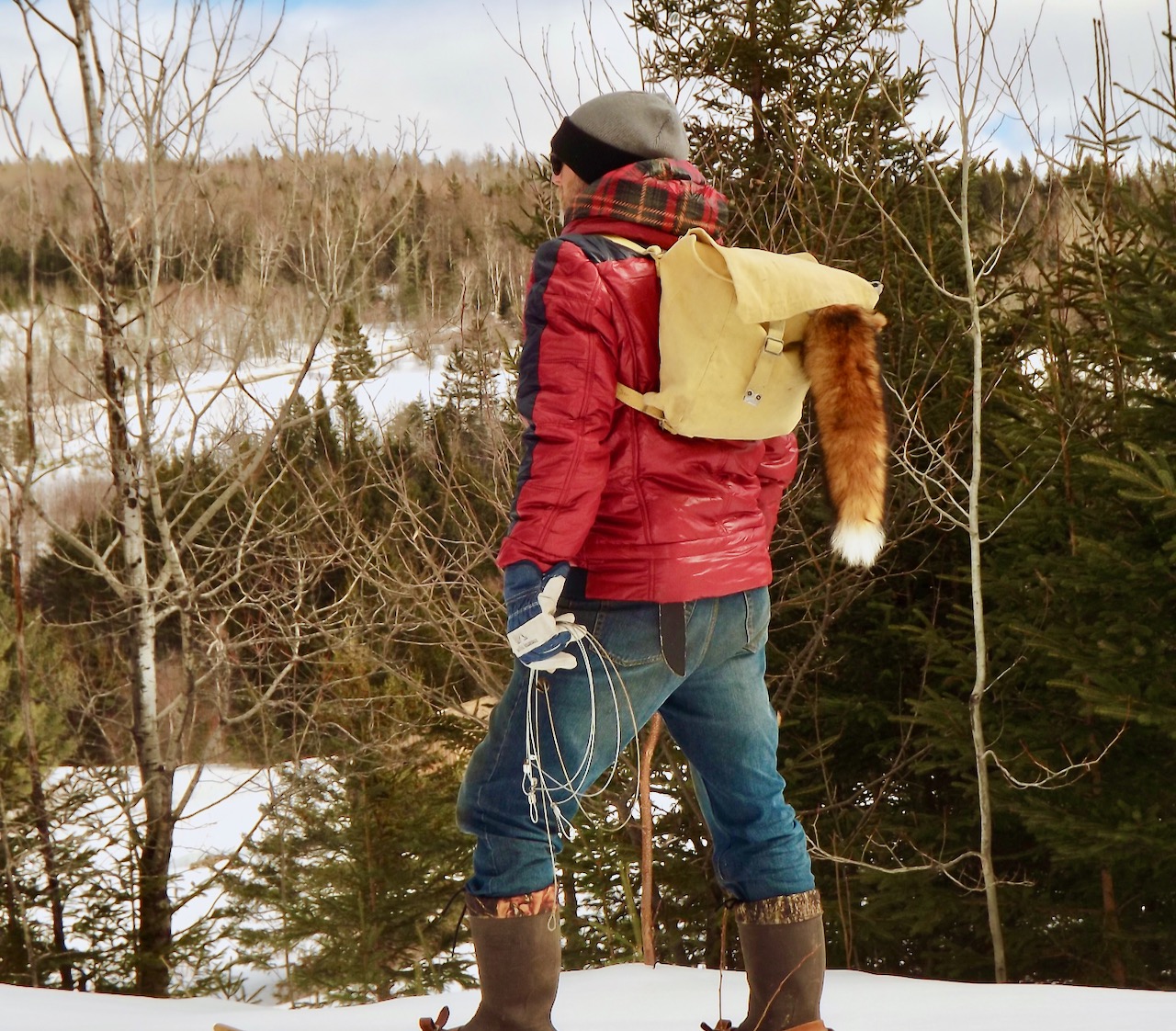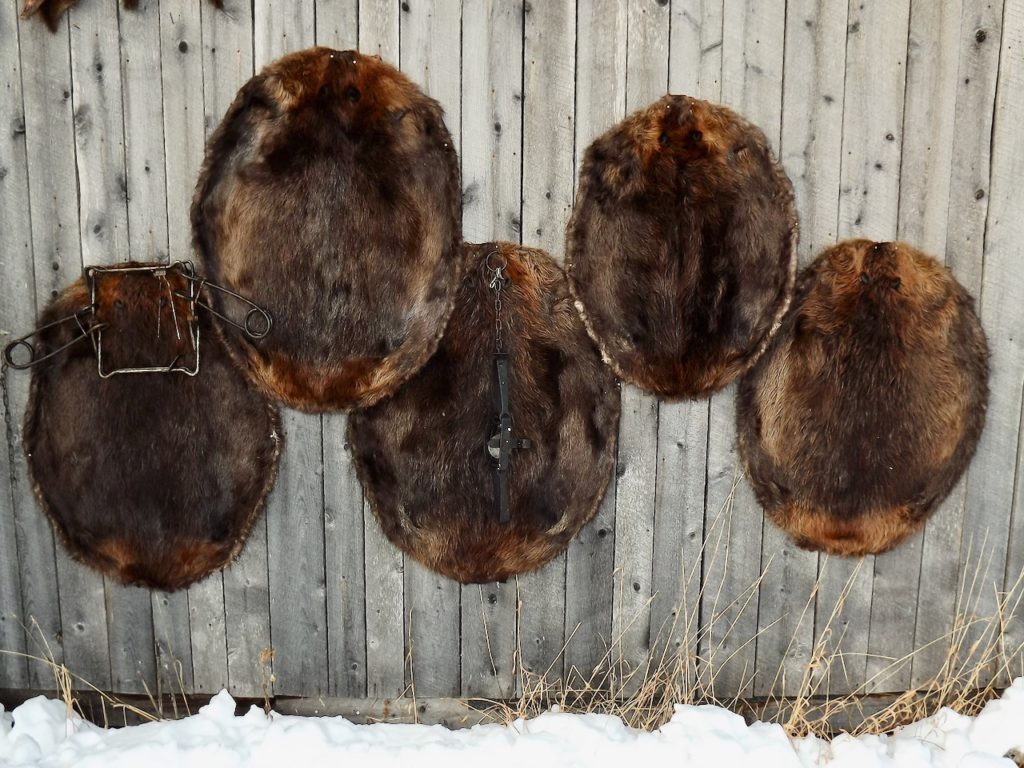TRAPPING FOR TENDERFOOTS
A beginner’s guide to everything you should know before heading out on the trapline
Advertisement
THE BENEFITS OF TRAPPING
As skilled observers always scouting for the following season, trappers are often the first to alert authorities about wildlife population changes, forest conditions and disease problems. And by removing species such as skunks and raccoons, they help keep ecosystems healthy. The trapping of those nest raiders also benefits waterfowlers and upland game bird hunters. And if you want to knock back the ever-increasing number of canines to help deer numbers recover, bring some trappers to camp and turn them loose.
Advertisement
Fur itself needs to be celebrated as the wonderful natural fibre it is. Throughout human history, fur has kept us warm, dry and able to survive—you can’t turn your back on that much heritage. And few other materials are so varied or offer designers so much to work with. Then there’s the green factor, because quality wild fur can eventually return to the earth leaving no footprint. It’s also a sustainable renewable resource.
Trappers are the ultimate gamblers, always looking for the Eldorado of fur just over the next ridge, certain of the strike to come. Once the fur fever grips you, you’ll understand—no autumn will go by when you won’t look across the landscape and want to be out there trapping. It’s quintessentially part of the Canadian outdoors, and one we all ought to celebrate.
So, do you still want to be a trapper?
Advertisement
Visit www.outdoorcanada.ca/traplinks for links to provincial, territorial and national trapping resources.


